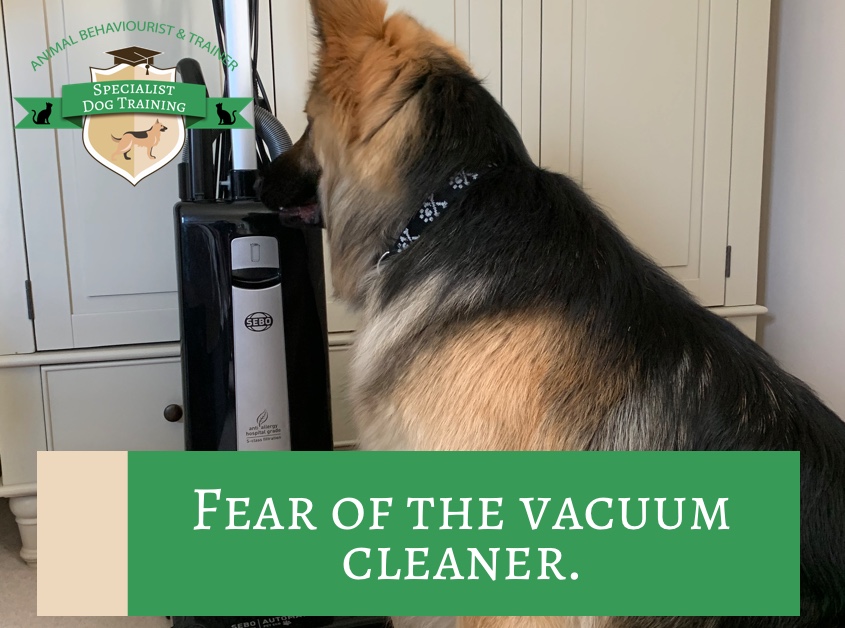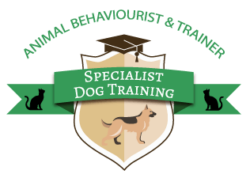
Dogs can be fearful of several different household sounds but mainly the vacuum
cleaner, even if it is a Numatic Henry or Hetty hoover with a smiley face!
All our dogs see the world very differently and this is due to life experiences,
situations and their natural fear of certain things. So, once the hoover has started,
some dogs will bark at it, some will try and chase it and then some dogs will bark,
chase and try to bite it.
So why are dogs fearful of the hoover? The reasons behind the fear of the vacuum
cleaner has several different elements, such as:
- The noise – the vacuum cleaner has a very loud sound, a sound that produces a high-pitch frequency and with there being no warm up with a hoover, it produces a sudden sound and goes from silent to noisy very quickly. As the dog goes to sniff the vacuum cleaner, the hoover “sniffs” back; it is the sound of the suction which is greater than the dog sniffing.
- The smell – as the vacuum cleaner moves around it will lift up the dirt and debris from our floors and as a result, it releases odours as it moves around. Coupled with the noise, this will result in a sensory overload for your dog.
- Movement – vacuum cleaning includes erratic movements along the floor as it cleans so your dog is unable to predict what is happening.
Signs to look out for if your dog is scared of the vacuum cleaner:
- Barking at the vacuum cleaner
- Running away and hiding
- Hiding in a different room from the vacuum cleaner
- Nervous energy, which can include biting, lunging, panting, running around, whining and jumping at the vacuum cleaner
- Freezing – not moving by standing still, avoiding eye contact, trembling, or very slowly moving away
- Stress signs can include: ears being pinned back, tight features around the muzzle, mouth, stiff body posture, tail tucked under the body, avoiding eye contact, yawning, lip licking, wrinkled brow
How to help your dog:
- Start slowly before starting to hoover, keep the vacuum cleaner out so that your dog can investigate.
- To encourage your dog to investigate it, place some treats on or near the vacuum cleaner.
- If you are vacuuming the home, ask a family member to take your dog for a walk during these early stages of training.
- Bring out the vacuum cleaner in a room where your dog has plenty of space, move away if needed. Move the vacuum cleaner around slowly without it turned on. Reward your dog as you carry this out.
- Have a family member with the dog in one room and turn the vacuum cleaner on in another, reward the dog as the dog listens to the sound of the vacuum cleaner. Or record the sound of the vacuum cleaner and then play the sound at a low volume and reward your dog as you play the sound. Slowly increase the volume over a period of time.
- Gradually bring the vacuum cleaner near to your dog and then into the same room. Do not move the vacuum cleaner towards your dog. Again, as you vacuum your home, reward your dog with a treat.
When you are working with your dog, always carry out the training a few times a day in short sessions. If you only do this once a week, then it’s likely that this will not be enough to help your dog overcome it fears.
Other household items that can be scary for your dog include brooms! Although they don’t have a noise associated with them, they move in a similar way! The dog can react in a similar way to the vacuum cleaners so it might be useful to apply the same steps as listed above for preventing or overcoming their fears.
Remember that dogs may need a more detailed behaviour programme, or if you are unsure about helping your dog overcoming their fears, always speak to a qualified dog behaviourist or ask your vet for a recommendation.
